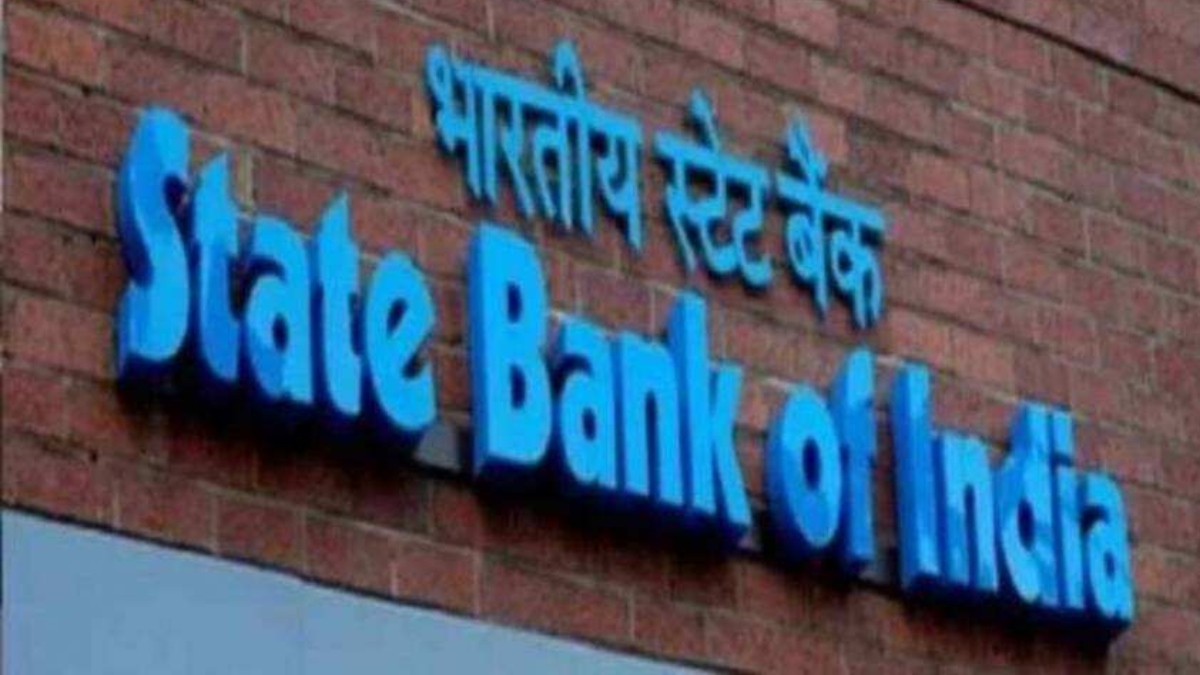 |
|
The State Bank of India (SBI), India's largest lender, reported a substantial increase in its standalone net profit for the third quarter (Q3) of the fiscal year 2024. The bank announced an 84% jump in profit, reaching Rs 16,891 crore compared to Rs 9,164 crore in the same period of the previous year. This impressive growth is a testament to the bank's robust performance and strategic initiatives. However, despite this significant financial success, the SBI share price experienced a decline, closing at Rs 754 on the Bombay Stock Exchange (BSE), representing a 1.58% decrease from the previous day's closing price of Rs 766.10. This seemingly contradictory situation warrants a closer examination of the factors influencing the market's reaction to the positive financial results.
The increase in SBI's total income further underscores the bank's strong performance. Total income for Q3 FY24 reached Rs 1,28,467 crore, a notable increase from Rs 1,18,193 crore in the corresponding period of the previous fiscal year. This growth is largely attributable to the increase in interest income, which grew to Rs 1,17,427 crore compared to Rs 1,06,734 crore in the previous year. The improved financial performance was not just limited to the standalone figures; on a consolidated basis, SBI Group's net profit also saw a remarkable 70% surge, reaching Rs 18,853 crore compared to Rs 11,064 crore in Q3 of FY23. The consolidated total income also increased significantly, rising to Rs 1,67,854 crore from Rs 1,53,072 crore in the same period the previous year. These figures demonstrate a positive trend in the bank's overall financial health and operational efficiency.
Beyond the impressive profit figures, the bank also reported improvements in its asset quality. Gross Non-Performing Assets (NPAs) moderated to 2.07% at the end of December, a significant improvement from 2.42% at the end of Q3 in the previous fiscal year. Similarly, net NPAs also eased, decreasing to 0.53% compared to 0.64% in the same period of the previous year. This reduction in NPAs suggests a strengthening of the bank's loan portfolio and a more effective management of credit risk. The improvement in asset quality is crucial for maintaining the bank's financial stability and long-term growth. This positive development, however, seems to have been overshadowed by other market forces impacting the SBI share price.
The discrepancy between SBI's strong financial performance and the decline in its share price requires a deeper analysis of market dynamics. Several factors could be contributing to this disparity. These could include broader market trends, investor sentiment, concerns about future economic prospects, and perhaps even temporary fluctuations unrelated to the bank's specific performance. The technical indicators also suggest a potentially bearish market sentiment. The stock traded below various simple moving averages (SMAs), indicating a downward trend. Although the 14-day relative strength index (RSI) of 44.09 is not considered oversold (below 30), it still suggests a lack of strong upward momentum. Overall, while SBI’s financial results are undeniably strong, the market’s reaction is complex and influenced by multiple interacting factors beyond the bank’s direct control.
Despite the short-term market fluctuations, the long-term outlook for SBI remains positive. According to BSE Analytics, the bank’s stock has provided a positive return of 15.59% over one year and a substantial 37.96% return over two years. This indicates a generally positive investor sentiment over a longer time horizon. The recent one-week decline of approximately 1.29% should be considered in the context of these broader, more positive long-term trends. Investors should consider the fundamentals of the bank, including the improved asset quality and the substantial profit increase, when assessing the overall value and potential of SBI shares. The decline in share price should not overshadow the remarkable financial performance reported by the bank.
In conclusion, while the decline in SBI's share price in the immediate aftermath of its strong Q3 results might appear puzzling, a comprehensive analysis reveals a complex interplay of factors. The substantial increase in profit, improved asset quality, and strong long-term return on investment demonstrate the bank's robust financial health and potential for growth. While short-term market fluctuations are inevitable, the long-term prospects for SBI remain positive, suggesting that investors should consider the bigger picture and the bank's fundamental strength in making investment decisions. Further analysis of broader market trends and investor sentiment is crucial for a complete understanding of the market’s reaction to SBI's impressive Q3 results.
Source: This PSU bank's shares ended in red despite 84% surge in Q3 profit
